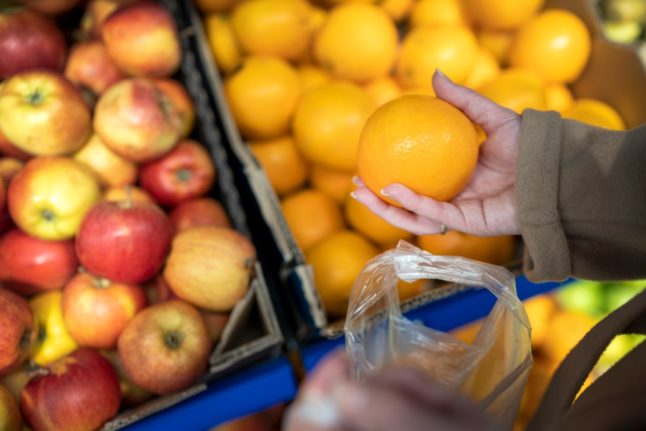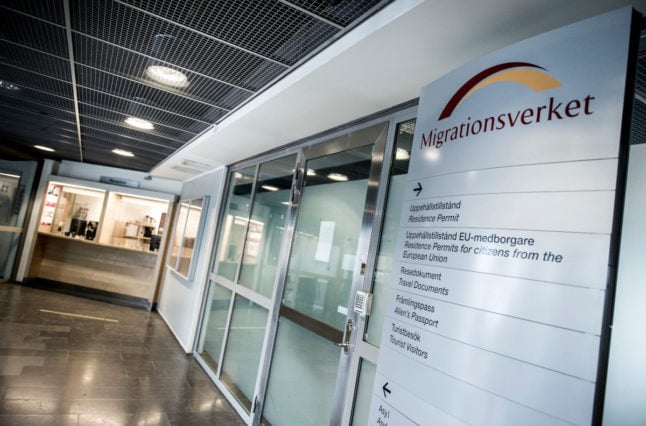In its inflation figures for March, Statistics Sweden reported that the price of groceries had fallen by 1 percent compared to the same month last year, and by 0.8 percent since February this year.
In a press release, the agency said that the month marked “a break in the trend” of rising prices, which had seen the price of groceries and non-alcoholic drinks rise without interruption month-on-month between December 2021 and March 2023, with monthly prices continuing to rise year-on-year until now.
“This is the first time the price of groceries has fallen year on year since July 2021,” said Caroline Neander, a statistician at the agency.
The fall came as the CPI measure of inflation fell to 4.1 percent in March.
This was lower than the 4.4 percent average expectation of analysts collated by the Bloomberg news agency.
CPIF inflation, which strips out the impact of interest rates, meanwhile fell to 2.2 percent, just above the two-percent target of the Riksbank, Sweden’s central bank.
Mattias Persson, chief economist at the Swedbank bank, said that the figures made it more likely that the Riksbank would reduce interest rates in May rather than wait until June.
“A May reduction is coming closer and closer and its all looking much brighter,” he said. “There are certainly risks connected to the krona but we also had the European Central Bank yesterday clearly opening up for the idea of a reduction of rates in June. This makes it easier for the Riksbank to dare to go ahead in May.”
The biggest fall in food prices was in fruit and vegetables, which fell in price by 3.5 percent and 1.6 percent in March respectively. Peppers and tomatoes saw some of he sharpest falls in price, down 31 percent and 24 percent respectively, while onions rose in price, gaining 15 percent on the same month last year.



 Please whitelist us to continue reading.
Please whitelist us to continue reading.
Potatis still are the most expensive I have ever seen! 16.90kr per kilo in Ica maxi!